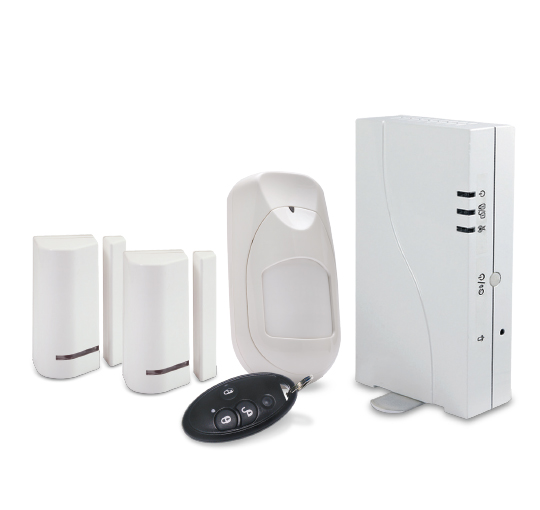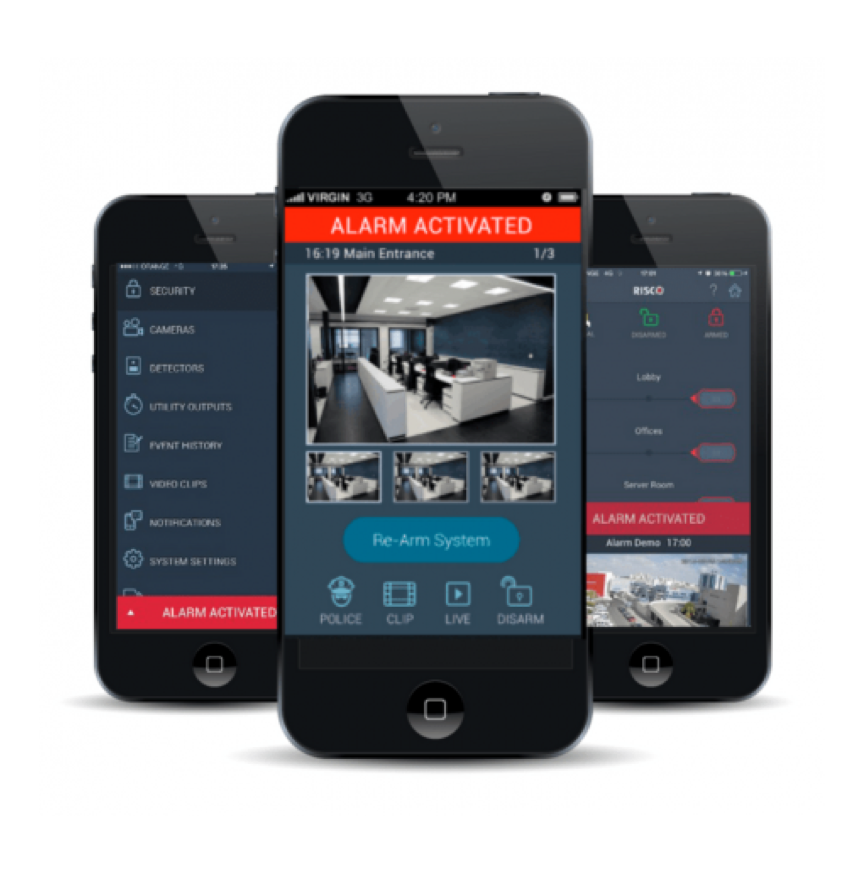You will hear many terms used when describing an alarm system and our glossary will help demystify some of the terms used and help you design and develop your own system with Bulldog Secure Alarms.
Security System
The total security-related components installed in a business or house. The number and type of detectors used vary, based on needs, location, size etc but will almost always include several detectors, control panel, and alert devices.
Wireless Security System
A security system with wireless communication between its components i.e. no wires between panel, detectors and sounders. Components will typicaly operate by battery and the panel is connected to a mains electricity supply.
1 Way Wireless
A detector that has one way wireless can only communicate TO the panel in a one way direction.
2 Way Wireless
A detector that has two way wireless can communicate TO the panel (for example to tell the panel it has detected an intruder) and receive messages FROM the panel (for example a confirmation of the trigger) so has two way comunication.
This type of technology is only normally found in professional systems (not DIY) and has huge advantages as detectors can be programmed from the panel for such things as sensivity and how they operate. In a one way system any changes are made inside the detector using fiddly switches
Panel
The panel functions as the system's "brain". The panel takes signals from detectors, processes these signals and then create (based on programming) to a siren or sending a message to the user.
Zones
Areas in the property that are protected by a detector. Typically, each zone has one detector and each zone can be programmed to operate when he system is in different set types.
PIR
Stands for Passive Infra Red and is a detector that uses infra red to detect movement of body heat by comparing the differences in room temperature. These are very popular as they can protect a large area from one sensor, typically up to 12 metres.

Camera PIR
Is a type of PIR that has an inbuilt camera that is capable of taking images when the PIR is triggered. This type of PIR will usually has special technology to allow it to capture images even in total darkeness.
Pet PIR
Is a type of PIR that will only trigger if there is movement above a certain height or weight.
Door Contact
A type of detector for detecting the opening of a window or door. It has two parts and are installed on a window and its frame, or on a door and its doorframe. The detctor can sense when the two parts are together or apart.
Shock Sensor
A type of detector that identifies vibrations from excavation in building walls, or strikes such as hammering.
Smoke and Heat Detector
A safety detector that identifies an excessive amount of smoke in the room. Suitable for kitchens or rooms with a fireplace. There are smoke detectors that are combined with heat detectors which alert upon sharp increases in temperature, even when there is no smoke.
Flood Detector
A safety detector that alerts in case of flooding. Intended for installation in basements, laundry rooms, kitchens, or any other place exposed to flooding of water.
Panic Button
An essential addition, for example, for homes with elderly people, people with physical disabilities, or people who may require urgent medical help.
Siren
Provides audible alerts (external and internal models) when the system is triggered by an intruder.
Supervised
Supervision is a process by which the detectors, sirens and other components regulary comunicate with the panel to inform the panel that they are 'OK'. Where the panel does not receive an 'OK' signal within the required timeframe, an alert is sent to the owner as the component may have a fault or have been removed from the system
Set Type
Your alarm has two different 'Set Type' - Full and Part set. Think of a set type as having two different areas in your home and each detector can belong to one or both set types. For example, you have five detectors - four downstairs and one upstairs. All five detectors belong to the Full set type and just the four downstairs belong to the Part set type. When you leave your house, you set the alarm in Full, meaning if any sensor is triggered, the alarm will sound. At night you only set the system in Part set, meaning you are free to walk round upstairs without the alarm activating, however if any downstairs detectors are triggered the alarm will sound.


